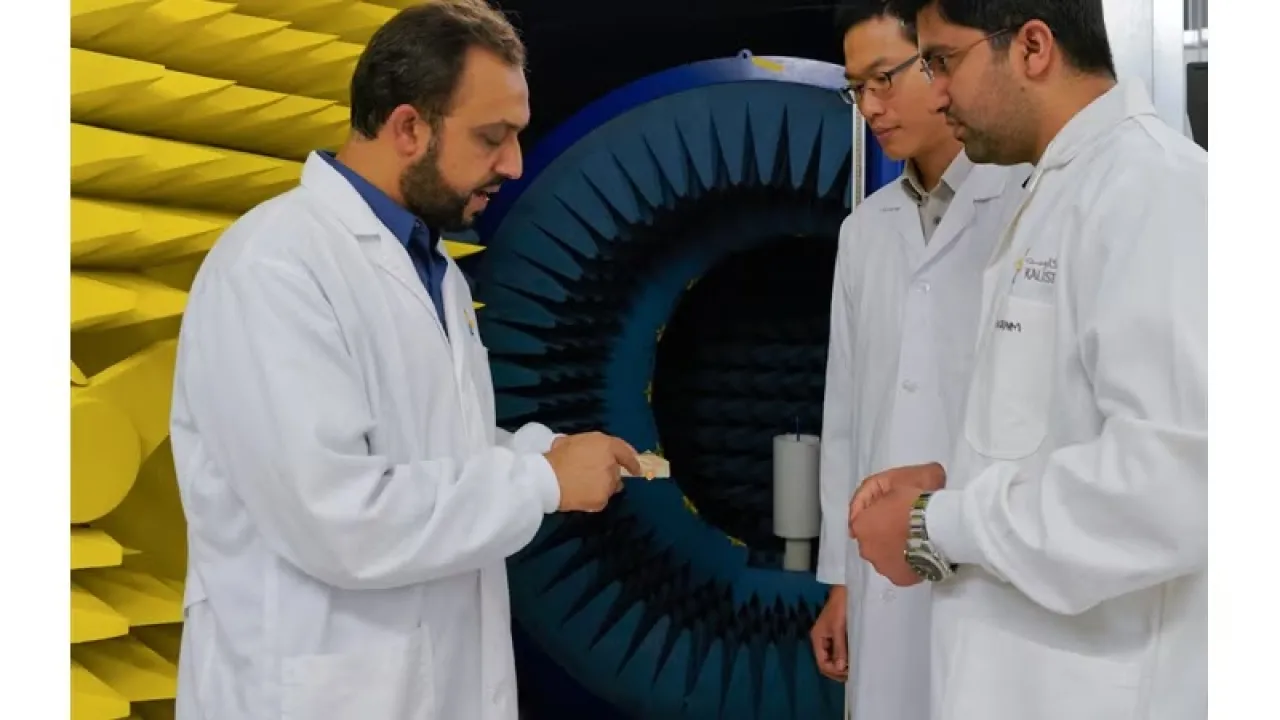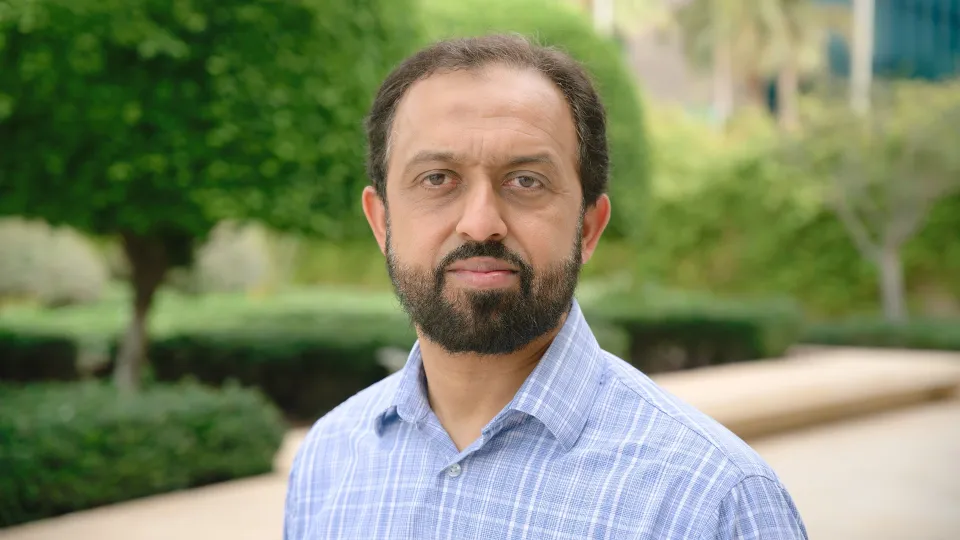
The internet of sea things
When Atif Shamim, KAUST associate professor of electrical engineering, was approached by colleagues in the University's Red Sea Research Center (RSRC) with the challenge of developing underwater sensing technology for marine animals, he wasn't sure how his expertise could help, since marine animals are under water most of the time. Up until now, his research has focused on Bluetooth for applications on dry land, such as wearable medical devices connected to smartphone applications through Bluetooth communication protocol
About
When Atif Shamim, KAUST associate professor of electrical engineering, was approached by colleagues in the University's Red Sea Research Center (RSRC) with the challenge of developing underwater sensing technology for marine animals, he wasn't sure how his expertise could help, since marine animals are under water most of the time. Up until now, his research has focused on Bluetooth for applications on dry land, such as wearable medical devices connected to smartphone applications through Bluetooth communication protocol.
Marine researchers, however, had no alternative to heavy and sometimes invasive tags when tracking animals in the sea. Sensor data is collected in an offline manner after taking the sensor tag is retrieved. The process of retrieving tagged animals is not only invasive, but also impractical in most cases.
After overcoming numerous challenges related to the unusual specifications of the marine tag, Shamim, along with postdoctoral researcher Yen-Hung Kuo and Ph.D. student Muhammad Akram Karimi, developed a hybrid, wireless communication system for non-invasive monitoring of physical parameters of the sea and activity level of various sea animals.
The system consists of a lightweight, flexible, Bluetooth-enabled tag that stores the sensor data when the sea animal is deep under water. As soon as the sea animal rises to the surface, the tag automatically syncs the stored data to floating receivers on the surface.
Read the full article
